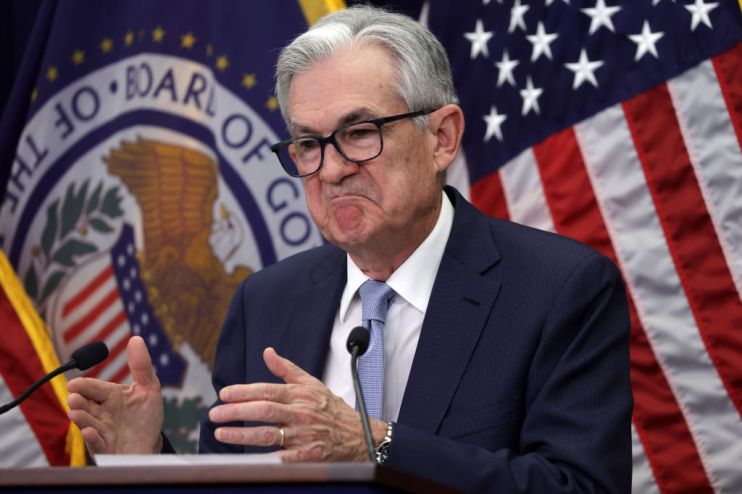US inflation comes in ahead of expectations again as markets grow nervy about Fed rate cuts

US inflation rose faster than expected in February, raising the risk that the US Federal Reserve will have to delay cutting interest rates.
According to figures from the Bureau of Labor Statistics, prices rose 0.4 per cent in February, accelerating from a 0.3 per cent increase in January.
This meant the headline rate of inflation increased to 3.2 per cent, up from 3.1 per cent previously.
“The index for shelter rose in February, as did the index for gasoline. Combined, these two indexes contributed over sixty per cent of the monthly increase in the index for all items,” the Bureau said.
Core inflation, which strips out volatile components such as food and energy, came in at 3.8 per cent, down from 3.9 per cent last month. Economists thought it would have fallen to 3.7 per cent.
“The February consumer price index will not instil more confidence among the Federal Reserve members that inflation is on a sustainable path toward their two per cent objective,” Ryan Sweet, chief US economist at Oxford Economics, said.
February’s inflation figures came after a muddled jobs report last week, which showed unemployment rising even while the economy was adding more jobs than economists expected.
The Fed will meet to decide on interest rates next week with it all but certain that rates will be left on hold.
Last week, Jerome Powell, chair of the Fed, said rate-setters are still “waiting to become more confident that inflation is moving sustainably at two per cent”.
“When we do get that confidence — and we’re not far from it — it’ll be appropriate to begin to dial back the level of restriction,” he said.
According to CME’s Fedwatch tool, markets think there is a 61 per cent chance of a rate cut in June. Interest rates stand in a range of 5.25-5.50 per cent, their highest level for 23 years.
The world’s largest economy grew 2.5 per cent last year, a stronger performance than in 2022. Given the strength of the US economy, the Fed can afford to wait until inflation is definitely under control before cutting interest rates.